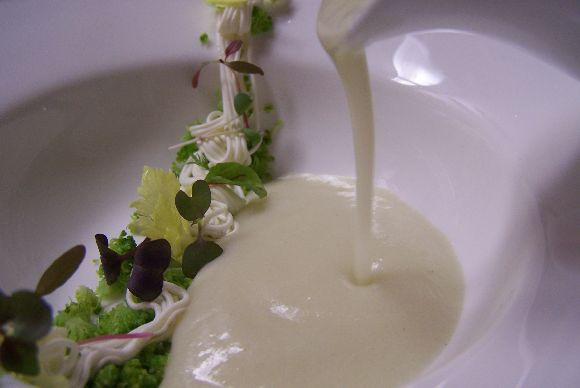
Sunchoke: Simple Insight
The Sunchoke is known by many identities, names, personalities and characteristics providing an impeccable ingredient for any curious cook. The visible plant is made up of leafy, lazy stalks that produce small bright flowers. Under the soil, the ripe roots create the colony of large oddly shaped tubers which resemble gingerroot, this is the sunchoke.
Name It
More famously know by a complete contradiction of it’s identity, the Jerusalem Artichoke is neither an artichoke or native to Jerusalem. In fact, the name is a simple conundrum, pieced together through a series of events and flavor profiles occurring in the vegetables rich history. Back in the day, A French explorer discovered a grouping of cultivated plants here, in North America and shipped samples of the vegetable back to France, sending along his notes giving an opinion that the vegetables tasted remarkably similar to artichokes. Some time later, the Italian settlers in North America, began calling the plant Girasole (English: Sunflower) referring the genotype of the stalks which is indeed related to the Sunflower.
Being a country built on a foundation created largely due to the immigration of thousands of foreigners (each with their own language) the pronunciation of the word Garisole could have easily been bastardized into Jerusalem, leading to the moniker Jerusalem Artichoke. Of course, there are many different stories as to how this name was established but after reading about the history of the plant and a million tales, this seems to be the best fitting. More recently the vegetable has become known more fittingly as the Sunchoke, or even better the Sunroot.
Sunchokes and Me
I learned of the existence of the sunchoke some time ago on the line in a kitchen that was using the vegetable as a puree. The taste was rich, nutty and sweet, great with merely salt and butter and almost always made me think of sweet potatoes. After reading, learning, cooking and of course eating, I fell in love with the sunchoke in the form of a soup.

Thoughts and Notes:
- The sun chokes skin is soft, like the skin found on ginger, so I peeled it like I would peel ginger… With a spoon.
- The sun choke has a nutty, rich flavor, I decide to capitalize on what I know will work to contrast and enhance the flavor. By starting the soup in water with fresh celery and salt, the flavor of the sun choke will be widely apparent. I add butter to finish the soup complimenting the natural richness.
- I puree the soup for a consistent taste and texture.
- I contrast by adding broccoli florets, it’s a different texture and mouth feel, and a fresh natural taste.
- The crème friache with a bit of lemon will add acidity to brighten the soup.
- I add micro arugula (nutty), and celery hearts (crisp)
- Plated to feed the eyes.
I end with: Sunchoke Soup, Garnished with Broccoli Florets, Celery Hearts, a Bright Crème Friache, and Micro Arugula.

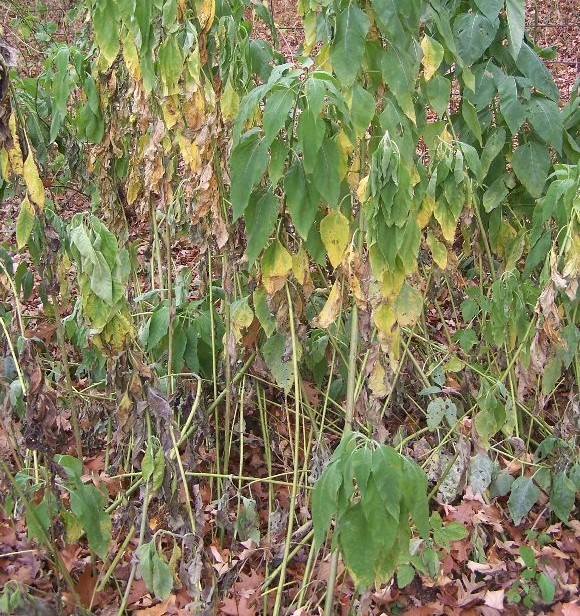
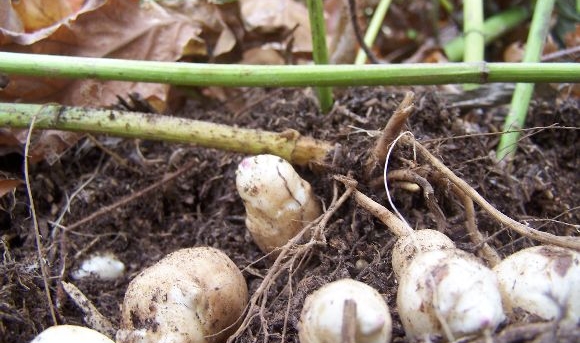
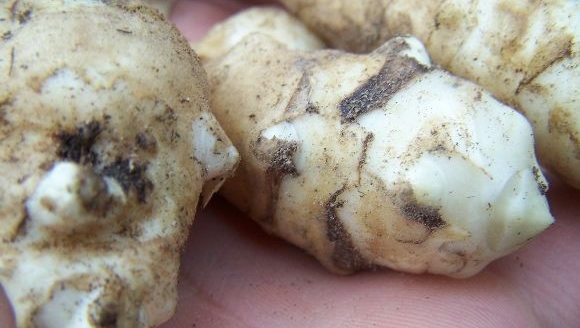

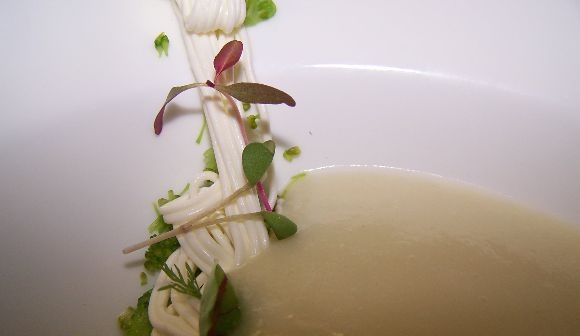
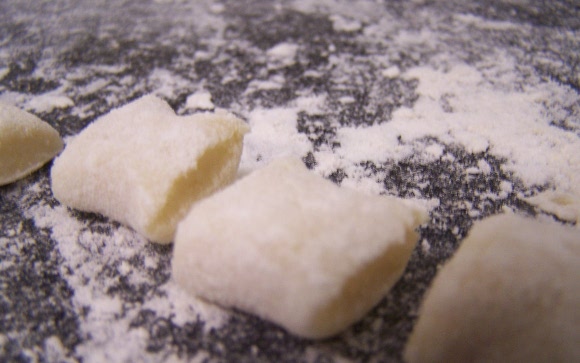
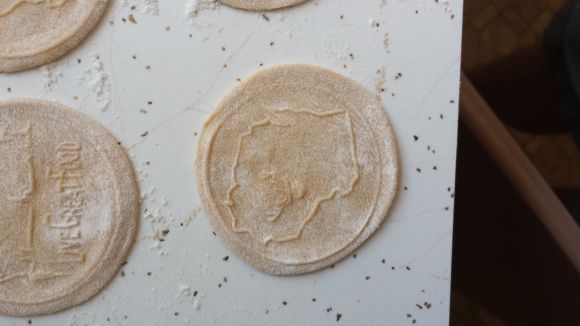
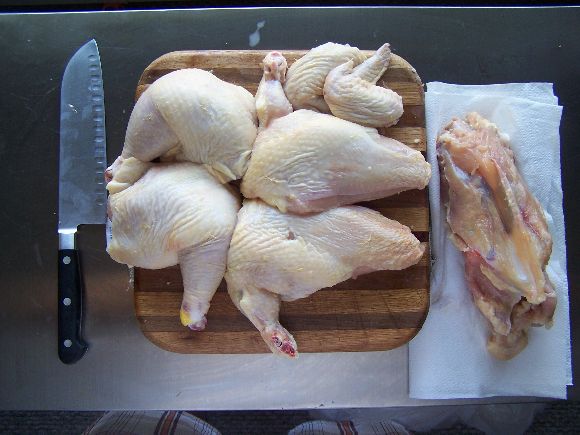
One Comment
Amanda Johnson
I really Enjoyed this little article, I very much would like to try it now! Lovely presentation as well. I will be reading more often, now that I know you are here!